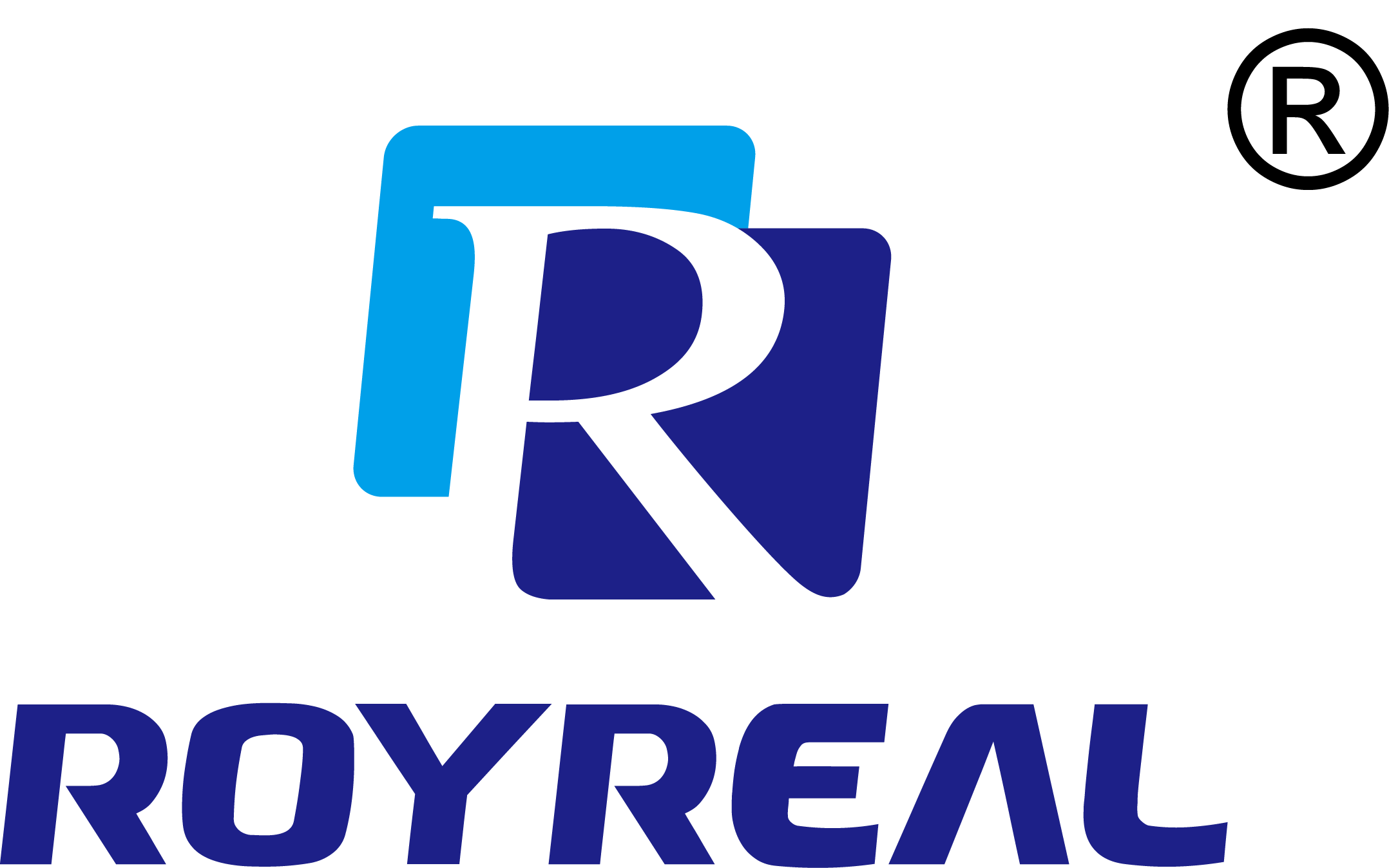Introduction to Wet Gas Meters: Key Features and Applications in the Instrumentation Industry
Category: Industry News
Time:2024-12-09
Title: Wet Gas Meters: Enhancing Accuracy in Temperature and Humidity Measurement
Introduction:
In the instrumentation industry, the accurate measurement of temperature and humidity plays a crucial role in optimizing various processes. Wet gas meters are specialized instruments designed to measure these parameters with precision. This article introduces wet gas meters, highlighting their key features and applications in the field of instrumentation.
Key Features of Wet Gas Meters:
1. Accurate Measurement: Wet gas meters offer high accuracy in measuring temperature and humidity levels. They employ advanced sensing technologies to provide reliable data for various applications.
2. Wide Measurement Range: These instruments can measure a broad range of temperatures and humidity levels, making them suitable for diverse environments and processes.
3. Quick Response Time: Wet gas meters have a rapid response time, enabling real-time monitoring and control of temperature and humidity variations.
4. Robust Construction: Designed for durability, wet gas meters are built to withstand harsh environmental conditions. They are resistant to dust, water, and other contaminants, ensuring reliable performance in challenging settings.
5. User-Friendly Interface: These meters feature intuitive interfaces, making them easy to operate and configure. Users can access and interpret data conveniently, enhancing efficiency in monitoring and controlling temperature and humidity.
Applications of Wet Gas Meters in the Instrumentation Industry:
1. Industrial Processes: Wet gas meters are widely used in industries such as manufacturing, pharmaceuticals, and food processing. They enable precise temperature and humidity control, optimizing product quality and process efficiency.
2. HVAC Systems: Heating, ventilation, and air conditioning systems rely on wet gas meters to maintain optimal indoor conditions. These instruments ensure accurate temperature and humidity control, improving comfort and energy efficiency.
3. Research and Development: Wet gas meters are valuable tools in research and development laboratories. Scientists and engineers utilize them to monitor and analyze temperature and humidity variations, aiding in the development of new products and technologies.
4. Environmental Monitoring: Wet gas meters assist in environmental monitoring applications, such as climate studies and greenhouse gas measurements. They provide essential data for understanding and mitigating the impact of temperature and humidity changes on ecosystems.
5. Data Centers: Wet gas meters play a vital role in data centers, where temperature and humidity control are critical to safeguarding sensitive electronic equipment. Accurate monitoring helps prevent equipment damage and ensures optimal performance.
Conclusion:
Wet gas meters offer precise measurement of temperature and humidity, enhancing the efficiency and reliability of various processes in the instrumentation industry. Their key features, including accuracy, wide measurement range, quick response time, robust construction, and user-friendly interface, make them indispensable tools in applications such as industrial processes, HVAC systems, research and development, environmental monitoring, and data centers. By utilizing wet gas meters, professionals can optimize temperature and humidity control, leading to improved productivity and cost-effectiveness in their respective fields.
Keywords:
 EN
EN RU
RU SP
SP
